Rebuilding Netflix Video Processing Pipeline with Microservices
The Netflix TechBlog
JANUARY 10, 2024
The Netflix video processing pipeline went live with the launch of our streaming service in 2007. This architecture shift greatly reduced the processing latency and increased system resiliency. This introductory blog focuses on an overview of our journey.


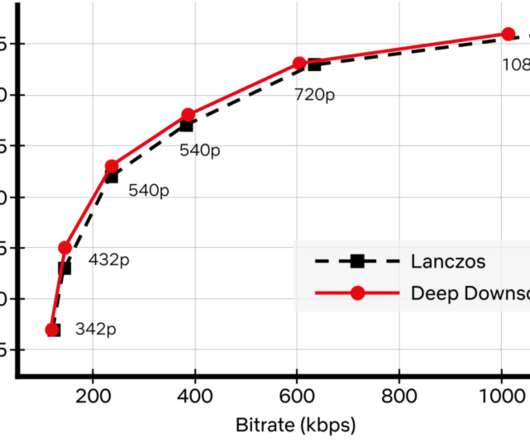

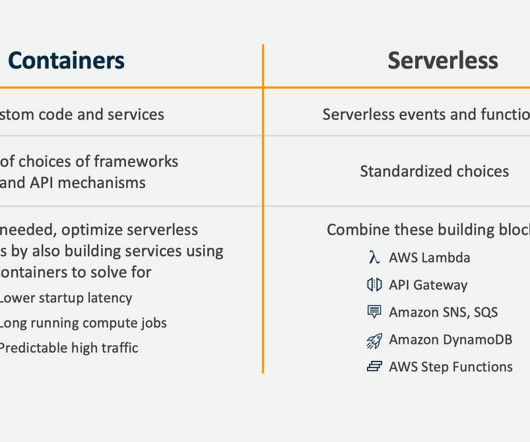

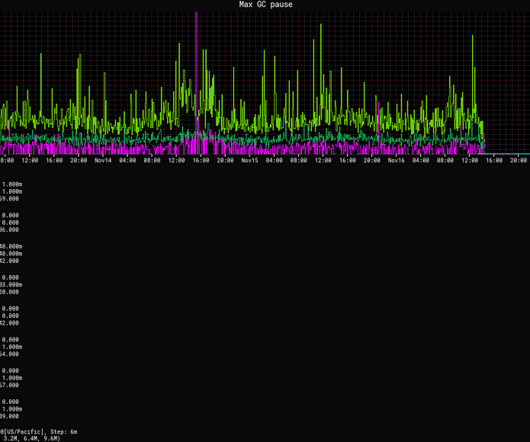
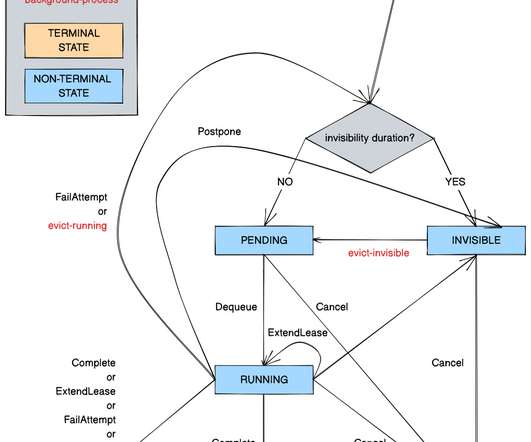




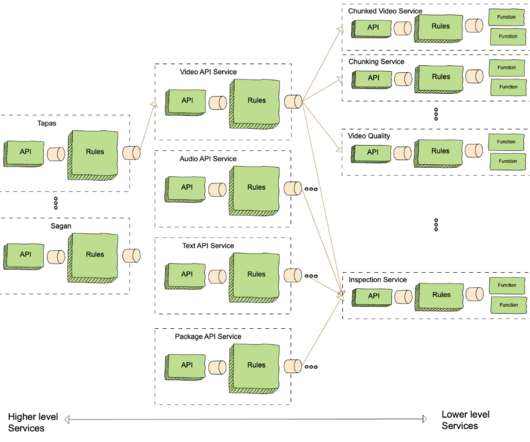


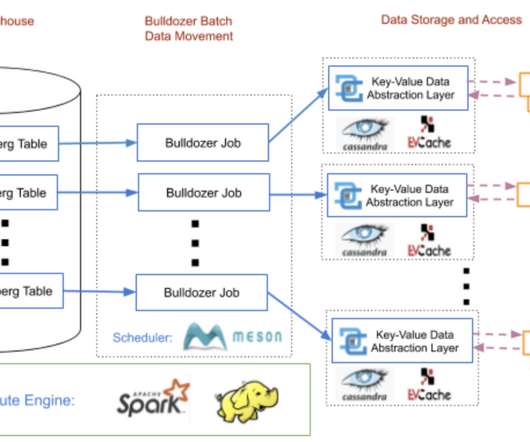
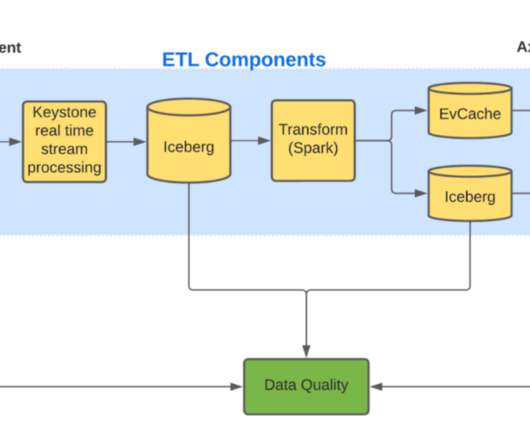


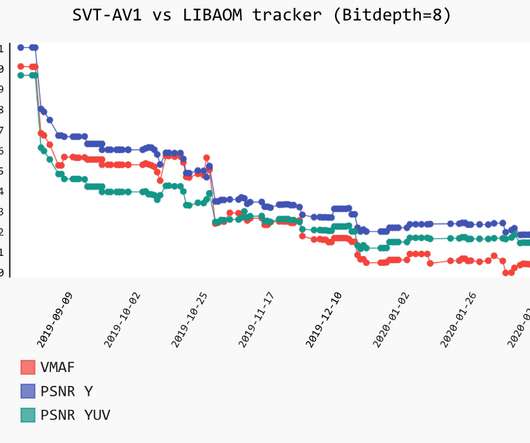


















Let's personalize your content